The Finnish Archipelago – the most numerous in the world
With over 40 000 islands on its side, Turku claims to be the capital of the greatest archipelago in the world. Yes, we know that's bold – but the natural beauty of the Finnish Archipelago is something you can't really argue about. At least without seeing it. So, how do you get there?
Archipelago? What is that, actually? Let's hear it from the authority, National Geographic:
"An archipelago is a group of islands closely scattered in a body of water. Usually, this body of water is the ocean, but it can also be a lake or river."
Got it. Now what do they have to say about the Finnish Archipelago?
"Finland’s Archipelago Sea, part of the Baltic Sea, emerged after the last ice age. There are more than 40 000 islands in the Archipelago Sea, although many of them do not measure half a hectare. Some of the islands are close enough to be connected by bridges."
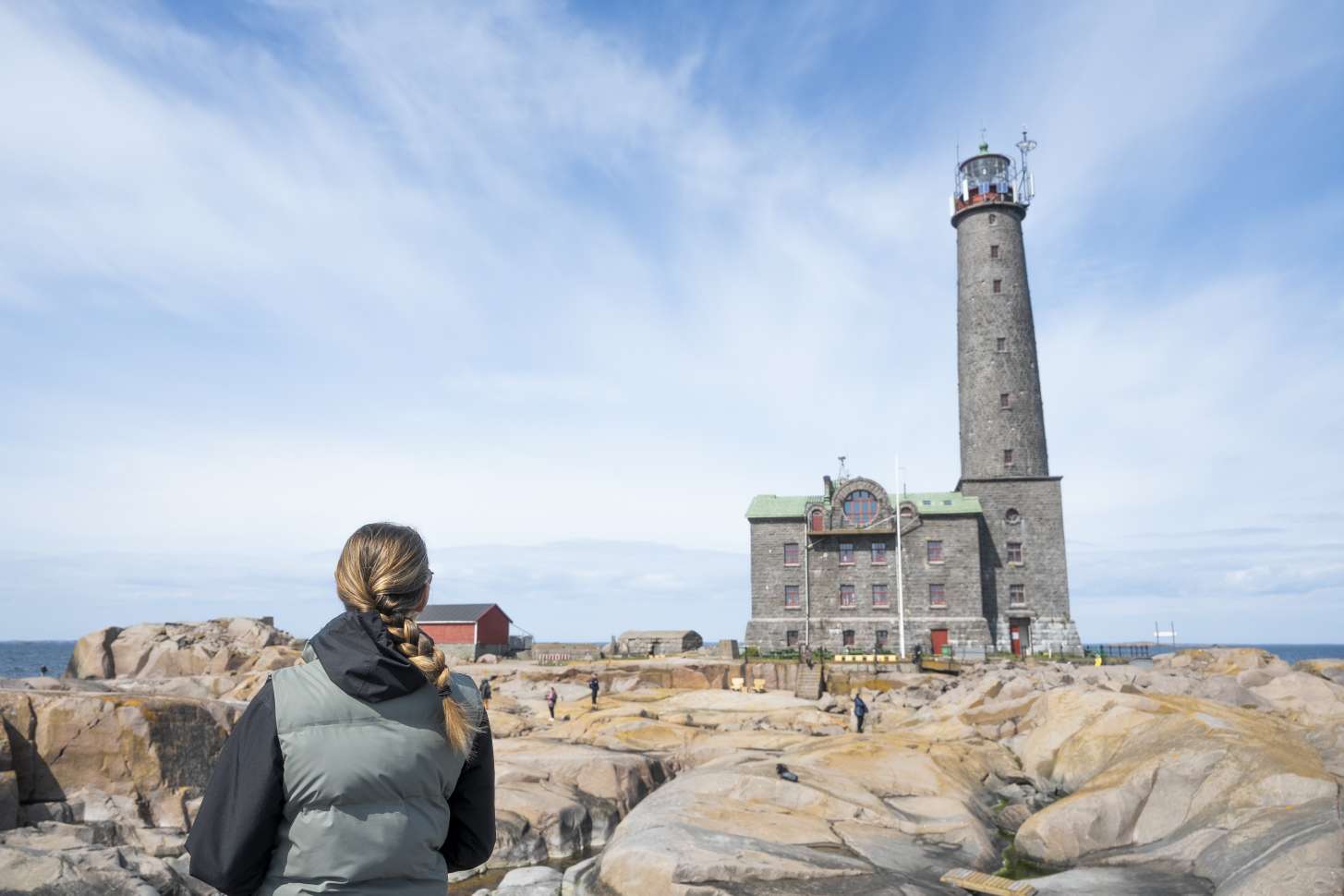
The Archipelago Sea lies between the city of Turku to the east, Åland to the west, Bengtskär lighthouse to the south and the Gulf of Bothnia to the north. More than 40 000 islands and islets make the Finnish Archipelago the most numerous in the world.
To locals and sailors, the area is often simply referred to as the Turku Archipelago. Although the archipelago is a world-class nature destination, it's been relatively spared the ravages of mass tourism, such as overcrowding, refuse, and loss of authenticity. There's plenty to see for a nature lover: for example, you can spot sea eagles, a species that was endangered as little as a decade ago. Now there are hundreds of sea eagles in the Archipelago Sea.
But how can one experience the Finnish Archipelago – that's the question. Here are some answers.
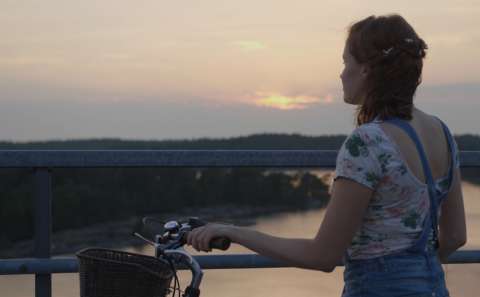
The Archipelago trail is a popular route that circles the Finnish Archipelago, taking you through the magnificent natural and cultural landscapes. Along the 250-kilometre route you’ll encounter 12 bridges, 9 ferries and many idyllic archipelago parishes. By car you can drive the route in a day, but why hurry? Bike or hike and stay overnight along the way.
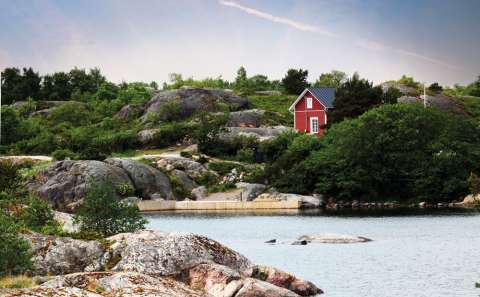
The Coastal Route takes you along the Finnish coastline through beautiful seaside settings. Cycle along small country roads, well-maintained forest paths and scenic cycle routes. The Coastal Route is a bit over 200 kilometres, including an archipelago ferry between Hanko and Kasnäs.
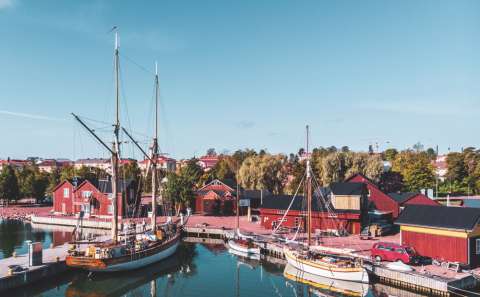
The St. Olav Waterway is a historical Nordic pilgrimage route that will take you from Turku Cathedral through Åland and on to Sweden in the footsteps of ancient pilgrims. Travel slowly and enjoy the time on the road – all 1200 kilometres of it!

The Föli water bus has been a successful transport option for a couple of summers already. With just the price of a bus ticket, you can go all the way from the city centre of Turku to the island of Ruissalo and Pikisaari. The route operates with two vessels. You can even bring your own wheels – bikes may be brought on board free of charge.
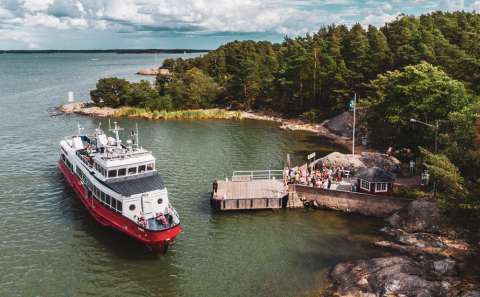
The M/S Lily is a familiar sight on the River Aura, as it transports passengers from Turku to the recreational island of Vepsä. Lily ferries passengers along this route every day during summer, letting you enjoy either a two-hour return cruise or the whole day exploring the Archipelago.
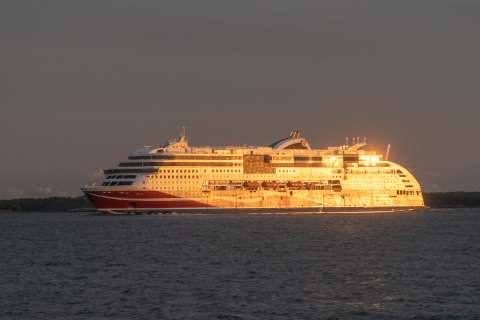
From the deck of the giant cruise ships, the archipelago stretches out in front of you. Jump aboard, be wowed by the archipelago scenery, shop and party till you drop... in a comfortable cabin! From the Port of Turku there are two flags flying high – the colours of Viking Line and Tallink-Silja.
The Best Islands of Turku’s Archipelago
-
Ruissalo
This classic island just outside Turku is particularly well known for its romantic natural beauty, its wooden lace villas from the Tsarist period as well as the Ruisrock music festival. Other attractions the island boasts include the Botanical Garden of Turku University, Ruissalo’s National Park, the swimming beach at Saaronniemi as well as the pea soup and doughnuts served every day at Honkapirtti. The nostalgia of the old boat-building industry is found at Ruissalo Shipyard events venue. There are two really nice restaurants, meeting facilities and a boat marina.
Ruissalo is accessible from the city via a long bridge but Turku’s Föli transport system also operates a waterbus that departs from the banks of the Aura. So set sail to Ruissalo!
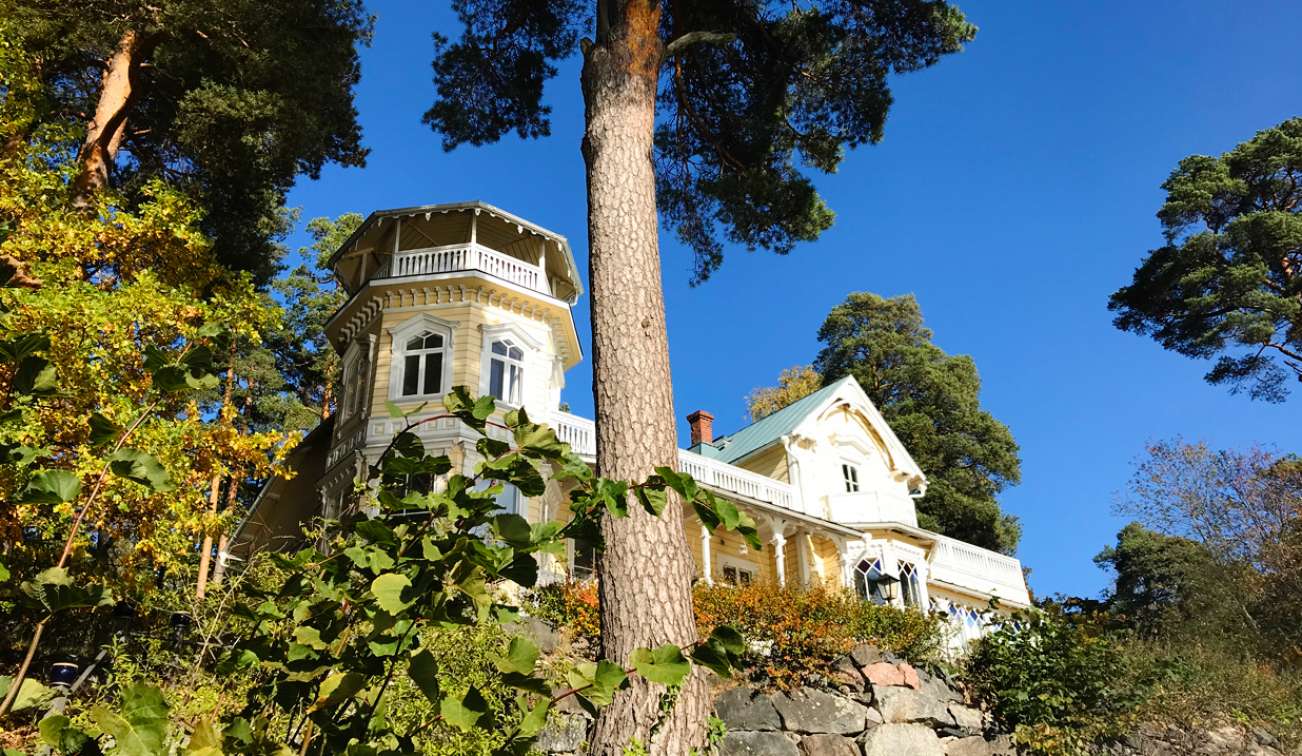
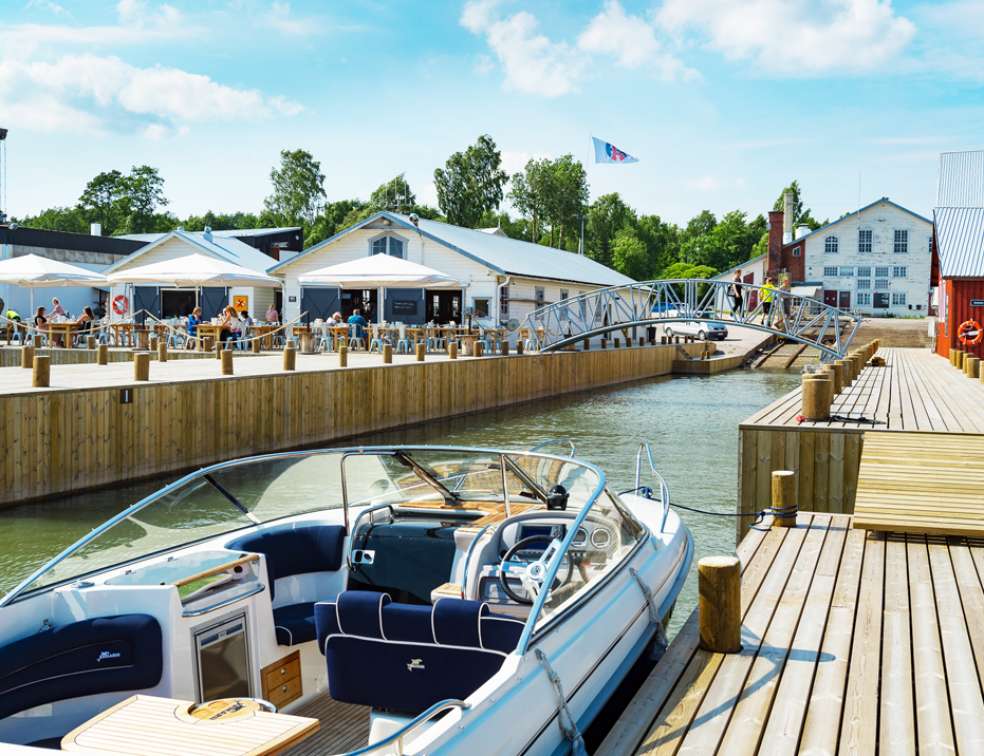
-
Seili
Seili is an island that really appeals to our sense of drama. The island’s history is extensive, remarkable and chequered.
It all started in 1619, when the King Gustav II Adolf decreed that the island of Seili would house a leprosy hospital. In reality, Seili became a deportation island, a place from which no one returned. After leprosy disappeared from Finland, they began sending to Seili those deemed to be "crazy". The mental hospital was only established there in the 1900’s, with the premises now handed over for use by the Archipelago Research Institute of the University of Turku.
Nowadays, travellers can even stay amidst Seili’s beautiful island nature and enjoy dining at the island’s well-regarded restaurant Seili. Those interested should lookout for the lovely wooden church dating from the 1700’s.
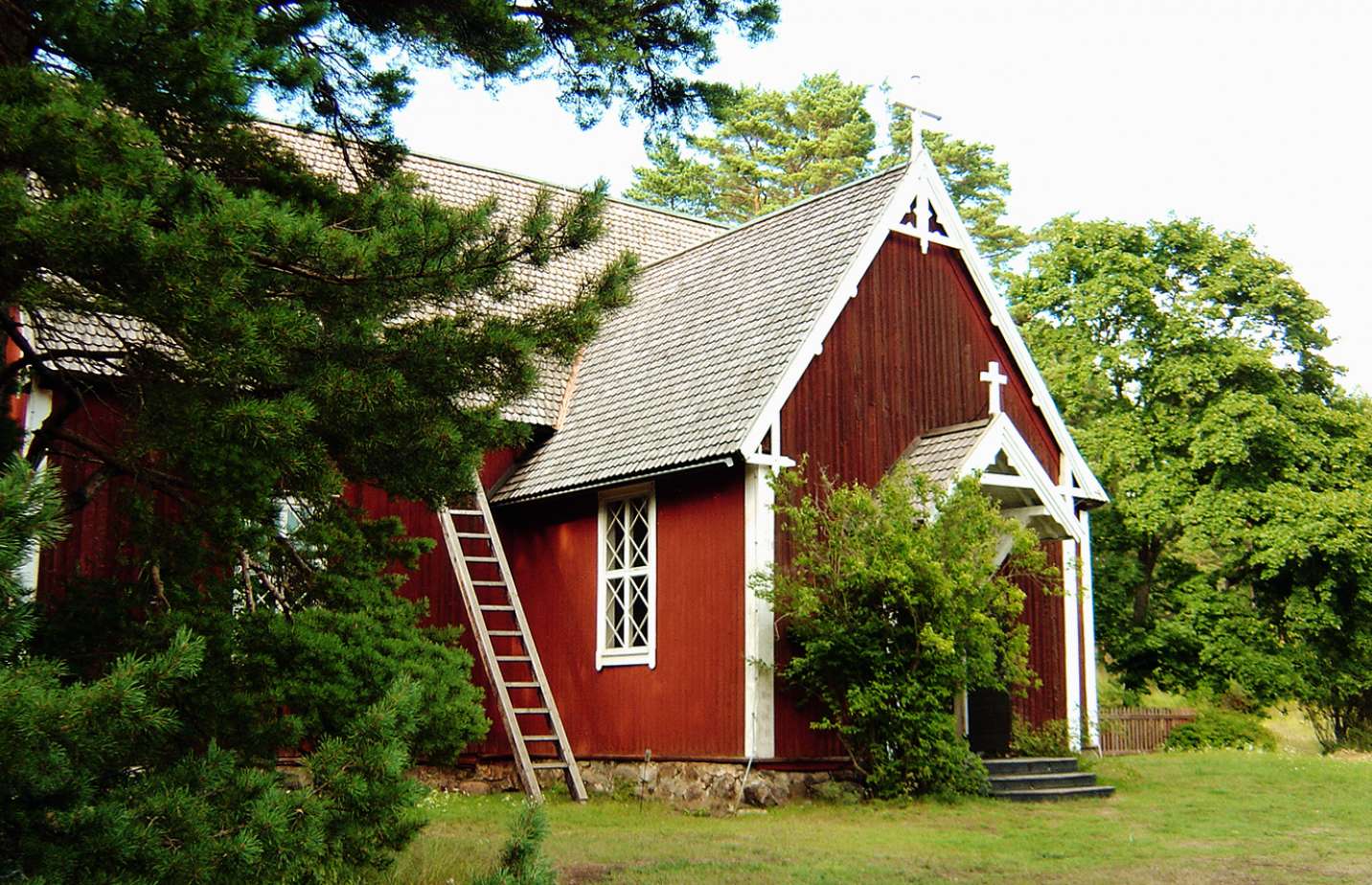
-
Högsåra
When Finland was an autonomous Grad Duchy of Russia, the Tsar had a habit of vacationing in Turku’s Archipelago. Have a look for Högsåra’s Imperial Harbour, a reminder of when Alexander III used to spend summers on the island accompanied by his court at the end of the 19th Century.
Nowadays, Högsåra’s greatest temptation is maybe the Farmor's Café. This café-restaurant looks and feels like the home of your grandmother, with delicious treats such as the impressive cakes, where guests can cut a piece to their liking.
Högsåra is a short inter-island ferry ride from Svartnäs on Kemitö.

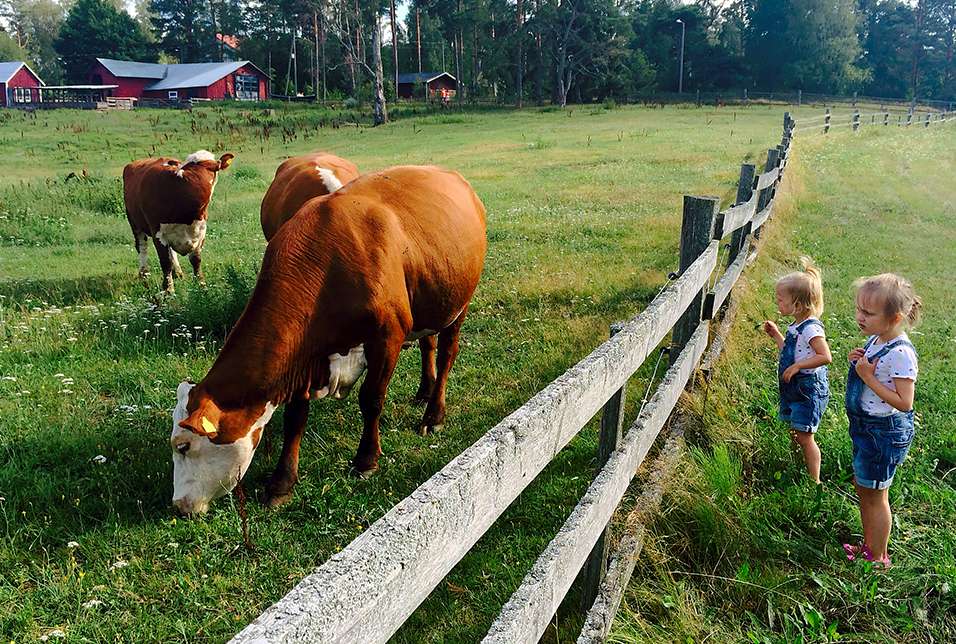
-
Örö
The location of Öro Island is quite far from the mainland. You must first drive to the tip of the Kasnäs peninsula (1-5 from Turku) and then, when you have boarded the connecting ferry, you are then less than an hour away.
Awaiting you on Örö is a unique combination of natural beauty and the history of military defence – Örö was a fortress for the Finnish army right up until 2015. In addition to the large guns and barracks, the island holds charming nature, with meadows of heather (an exceptional sight for Finland), dream locations for butterfly enthusiasts as well as rare plants, from the Western Pasque Flower to Sea Kale.
The island operates two restaurants and a variety of accommodation options in the old barracks.
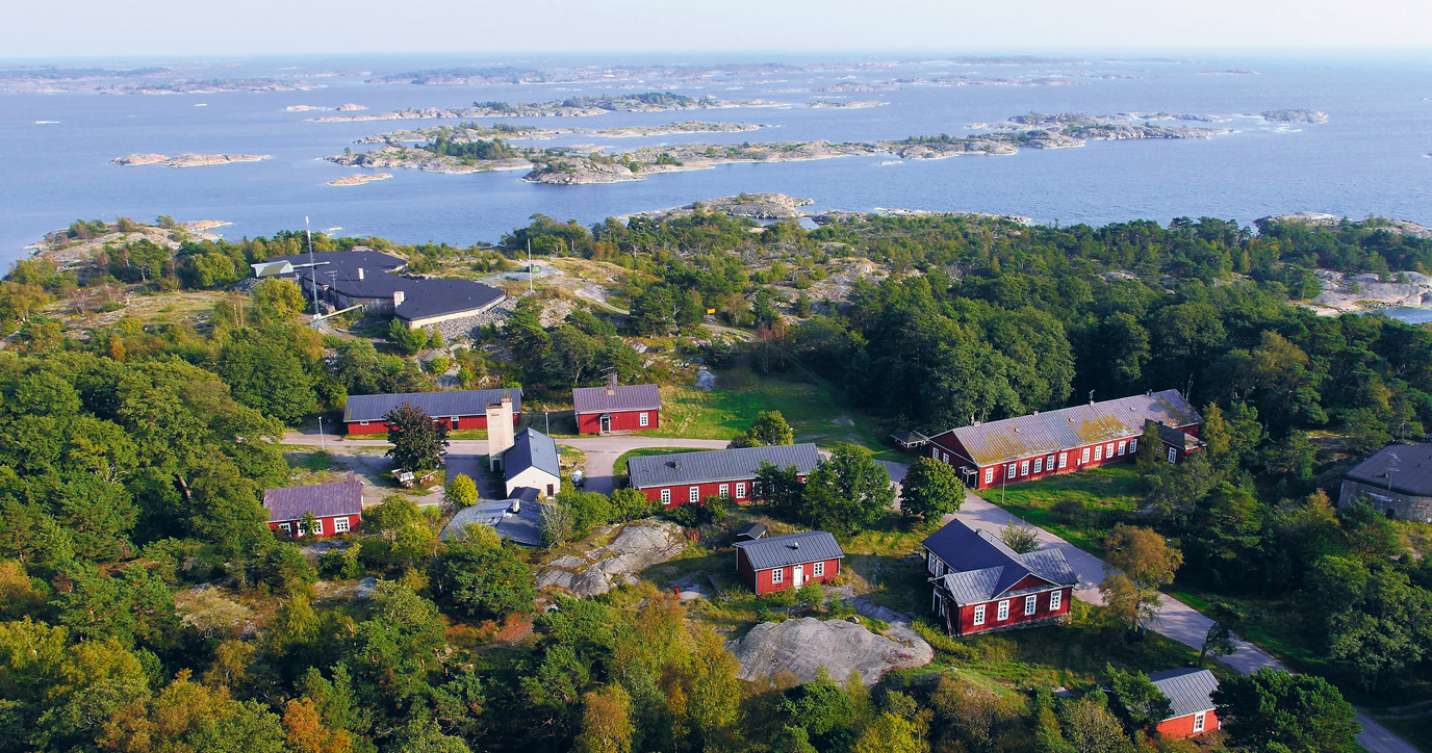
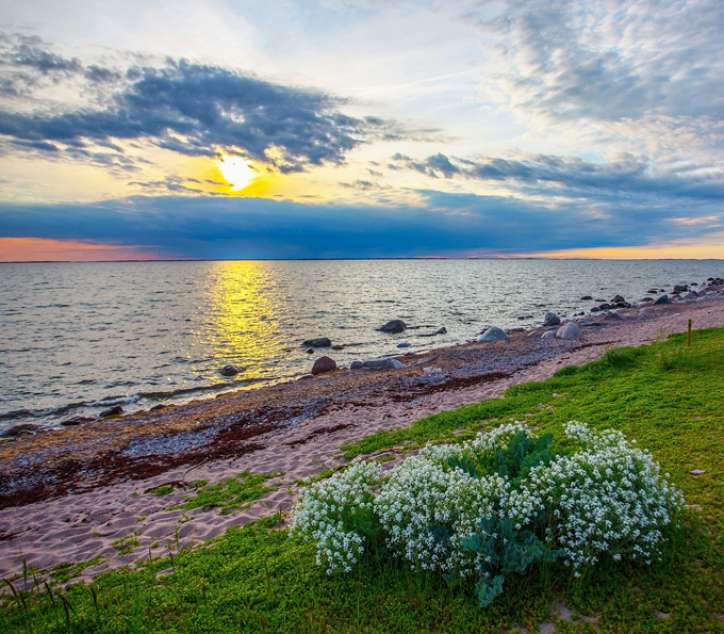
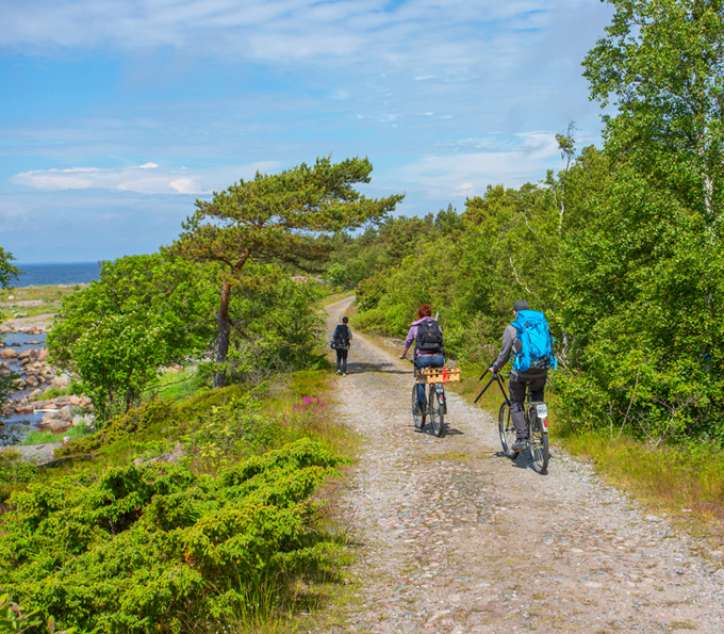
-
Utö
Like Örö, the island of Utö was also once used for military purposes, but where nowadays is perfect for a small vacation. Part of the island is still restricted and in use by the armed forces. The journey to the outer edge of the archipelago is about 4-5 hours from Turku, and aboard the connecting ferries is the perfect time to enjoy views across the most beautiful archipelago in the world, changing as you travel from luscious green to rugged serenity.
When on Utö, breath deeply into your lungs the limitless sea, heavenly sky and magnificent nature. Whilst there, eat and sleep in the hotel, part of which was once a former barracks.
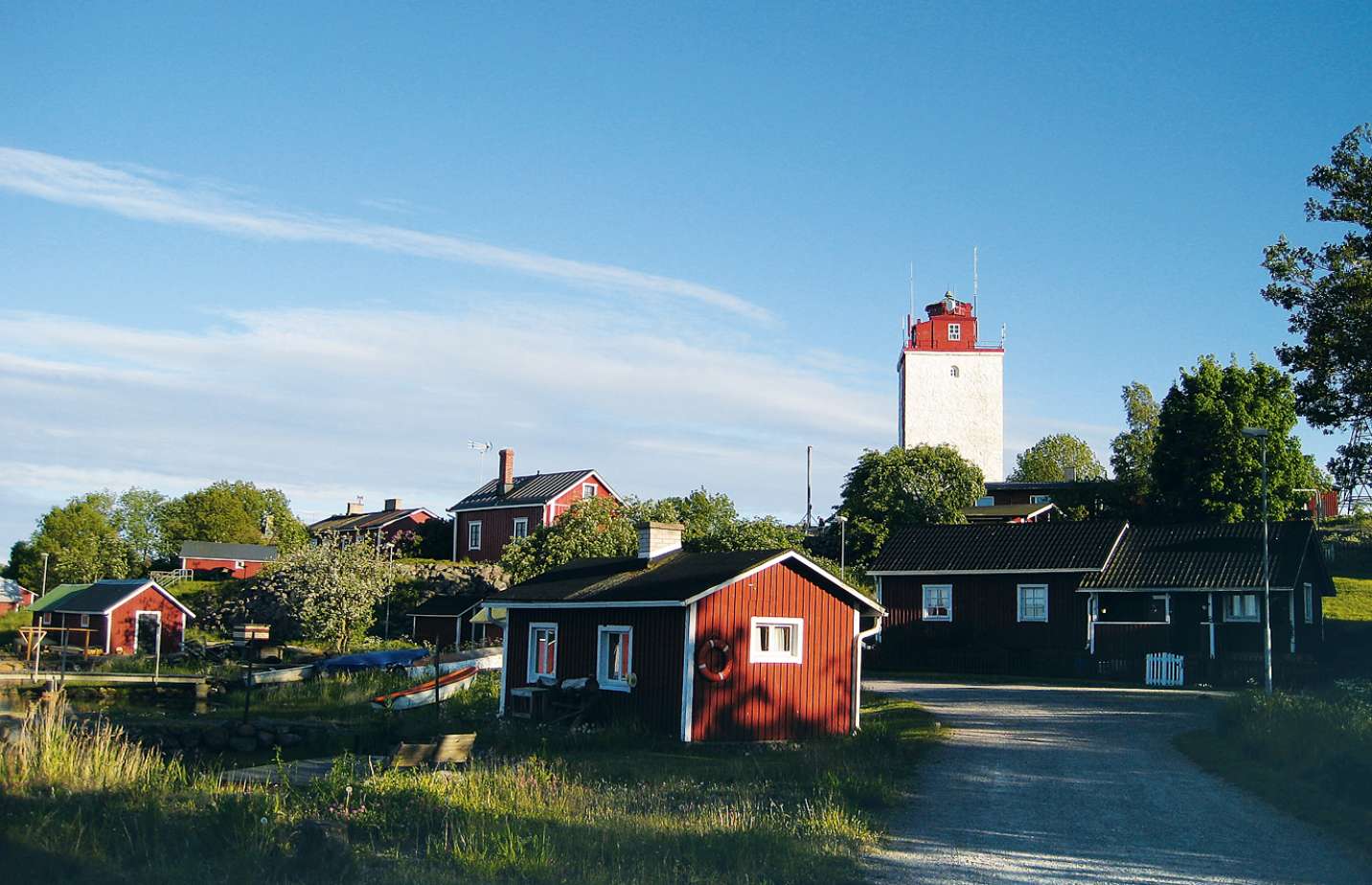
-
Bengtskär
Bengtskär Lighthouse Island is Finland’s southernmost inhabited place – at least in summer. In winter, the barren lighthouse island doesn’t have much going on – and that’s a good thing.
A great tower of granite standing in the centre of the stormy seas, Bengtskär has an exceptionally dramatic history. Before the lighthouse was completed, the shallow waters around the islets were the tragic destiny for many ships. Completed in 1906, Bengtskär then became the scene of great battles during both World War I and II.
Today it is a thing of beauty, with the lighthouse – itself representative of the National Romantic and Jugendstil buildings – also accommodating visitors for day trips or overnight.

Published | Updated

